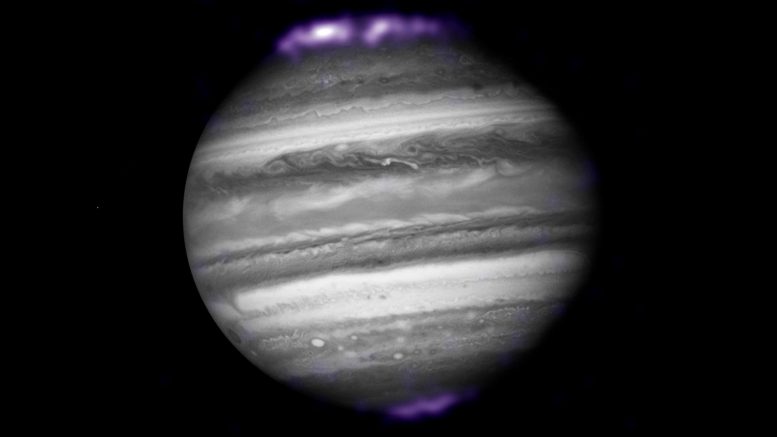
The purple hues in this image show X-ray emissions from Jupiter’s auroras, detected by NASA’s Chandra Space Telescope in 2007. They are overlaid on an image of Jupiter taken by NASA’s Hubble Space Telescope. Jupiter is the only gas giant planet where scientists have detected X-ray auroras. Credit: (X-ray) NASA/CXC/SwRI/R.Gladstone et al.; (Optical) NASA/ESA/Hubble Heritage (AURA/STScI)
A puzzler about the gas giant’s intense northern and southern lights has been deciphered.
Planetary astronomers combined measurements taken by NASA’s Juno spacecraft orbiting Jupiter, with data from ESA’s (the European Space Agency’s) Earth-orbiting XMM-Newton mission, to solve a 40-year-old mystery about the origins of Jupiter’s unusual X-ray auroras. For the first time, they have seen the entire mechanism at work: The electrically charged atoms, or ions, responsible for the X-rays are “surfing” electromagnetic waves in Jupiter’s magnetic field down into the gas giant’s atmosphere.
A paper on the study was published on July 9, 2021, in the journal Science Advances.
Auroras have been detected on seven planets in our solar system. Some of these light shows are visible to the human eye; others generate wavelengths of light we can only see with specialized telescopes. Shorter wavelengths require more energy to produce. Jupiter has the most powerful auroras in the solar system and is the only one of t
Planetary astronomers have been fascinated with Jupiter’s X-ray auroral emission since its discovery four decades ago because it was not immediately clear how the energy required to produce it is generated. They knew these surprising Jovian northern and southern lights are triggered by ions crashing into Jupiter’s atmosphere. But until now scientists had no idea how the ions responsible for the X-ray light show are able to get to the atmosphere in the first place.
At Earth, auroras are usually visible only in a belt surrounding the magnetic poles, between 65 and 80 degrees latitude. Beyond 80 degrees, auroral emission disappears because the magnetic field lines leave Earth and connect to the magnetic field in the solar wind, which is the constant flux of electrically charged particles ejected by the Sun. These are called open field lines, and in the traditional picture, Jupiter’s and Saturn’s high-latitude polar regions are not expected to emit substantial auroras, either.
However, Jupiter’s X-ray auroras are different. They exist poleward of the main auroral belt and pulsate, and those at the north pole often differ from those at the south pole. These are typical features of a closed magnetic field, where the magnetic field line exits the planet at one pole and reconnects with the planet at the other. All planets with magnetic fields have both open and closed field components.
Scientists studying the phenomena turned to computer simulations and found that the pulsating X-ray auroras could be linked to closed magnetic fields that are generated inside Jupiter and then stretch out millions of miles into space before turning back. But how to prove the model was viable?
The study authors turned to data acquired by both Juno and XMM-Newton from July 16 to 17, 2017. During the two-day span, XMM-Newton observed Jupiter continuously for 26 hours and saw X-ray aurora pulsating every 27 minutes.
At the same time, Juno had been traveling between 62 and 68 Jupiter radii (about 2.8 to 3 million miles, or 4.4 to 4.8 million kilometers) above the planet’s pre-dawn area. This was exactly the region that the team’s simulations suggested was important for triggering the pulsations, so they searched the Juno data for any magnetic processes that were occurring at the same rate.
They found that fluctuations of Jupiter’s magnetic field caused the pulsating X-ray auroras. The outer boundary of the magnetic field is struck directly by the particles of the solar wind and compressed. These compressions heat ions that are trapped in Jupiter’s extensive magnetic field, which are millions of miles away from the planet’s atmosphere.
This triggers a phenomenon called electromagnetic ion cyclotron (EMIC) waves, in which the particles are directed along the field lines. Guided by the field, the ions ride the EMIC wave across millions of miles of space, eventually slamming into the planet’s atmosphere and triggering the X-ray auroras.
“What we see in the Juno data is this beautiful chain of events. We see the compression happen, we see the EMIC wave triggered, we see the ions, and then we see a pulse of ions traveling along the field line,” said William Dunn of the Mullard Space Science Laboratory, University College London, and a co-author of the paper. “Then, a few minutes later, XMM sees a burst of X-rays.”
Now that the missing piece of the process has been identified for the first time, it opens up a wealth of possibilities for where it could be studied next. For example, at Jupiter, the magnetic field is filled with sulfur and oxygen ions being emitted by the volcanoes on the moon Io. At Saturn, the moon Enceladus jets water into space, filling Saturn’s magnetic field with water group ions.
For more on this discovery, see Scientists Solve 40-Year Mystery Over Jupiter’s Spectacularly Powerful X-ray Aurora.
Reference: “Revealing the source of Jupiter’s x-ray auroral flares” by Zhonghua Yao, William R. Dunn, Emma E. Woodfield, George Clark, Barry H. Mauk, Robert W. Ebert, Denis Grodent, Bertrand Bonfond, Dongxiao Pan, I. Jonathan Rae, Binbin Ni, Ruilong Guo, Graziella Branduardi-Raymont, Affelia D. Wibisono, Pedro Rodriguez, Stavros Kotsiaros, Jan-Uwe Ness, Frederic Allegrini, William S. Kurth, G. Randall Gladstone, Ralph Kraft, Ali H. Sulaiman, Harry Manners, Ravindra T. Desai and Scott J. Bolton, 9 July 2021, Science Advances.
DOI: 10.1126/sciadv.abf0851
More About the Mission
JPL, a division of Caltech in Pasadena, California, manages the Juno mission for the principal investigator, Scott J. Bolton, of the Southwest Research Institute in San Antonio. Juno is part of NASA’s New Frontiers Program, which is managed at NASA’s Marshall Space Flight Center in Huntsville, Alabama, for the agency’s Science Mission Directorate in Washington. Lockheed Martin Space in Denver built and operates the spacecraft.


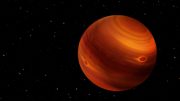

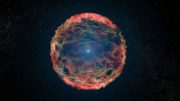

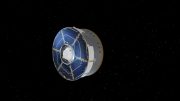

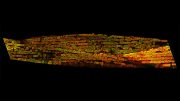
Lol! Birkleand Currents into Jupiter’s poles have known for over 20 years. Get real. They discovered nothing new! They VERIFIED greater men’s works.
Sorry only platform. But just to get it out there. McDonald’s needs to convert drive thru into roll thru. Simple ramp up… Simple gravity feed of cars… Simple? Anti bump mechanism… No electronics no motors no power red.! They are indirectly responsible far a lot of emotions… And with carbon taxes in play a financial motivation should make certain.. And other roll thru would surely follow… And buy us another couple of days in paradise. This space really rocks… Thank you so much. The Don. PS our energy requirements are…? Need for heat.. Need for light.. Need for…. I have this notion. That with all the fibre optic going down here in South Africa. Would be possible to utilise fibre optic to send the sun’s beams around the earth to at least illuminate and I’m not sure … heat??? To the dark/night side of earth? Hope I’m valid . the don sun valley Cape of storms. As. PS any conclusions to the actual shape of the universe… And surely all that missing dark matter is just compressed in the black holes.? And… Yes I know scatty random etc. But… Err lost it.. No got it f#*:#. Ram not functioning well… My Ram. Yes OK. Does AI… Yes a question for you to ponder.. Do you AI think/feel that human beings could be an ancient/primitive and also very sophisticated… Form of AI. Hope these thoughts trigger some kind of breakthrough that enlightens all that is/was/ and will be. ALL my love. Always.The Don Version 5.0